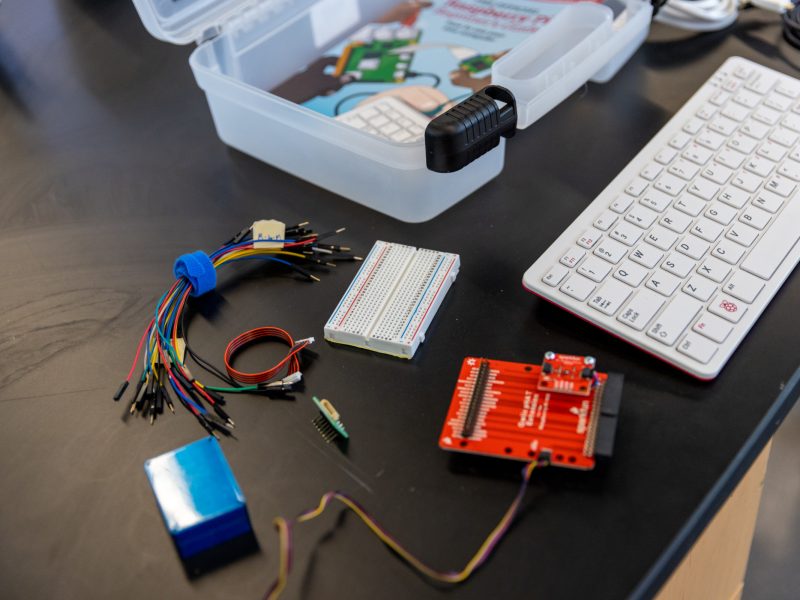Description
This technology is a lightweight polymer electrolyte which may be used, together with carbon fiber cloths, to develop materials that are moldable, rigid after curing, and capable of storing and releasing electrical energy like a supercapacitor. The formulation of the solid polymer electrolyte, the functionalization of the carbon fiber cloth electrodes, and the material fabrication process all play important roles in the successful development of the structural supercapacitor. Current characteristics of the material include a specific capacitance of 51.90 F/kg and energy density of 4.61 mWh/kg, both achieved with the electrolyte that has an ionic conductivity of 9.52×10-4 S/cm and compressive strength of 2.55 MPa. This material may be fabricated in two- and three-dimensional shapes to accommodate a variety of form factor requirements for achieving the optimal design of aerospace or automotive applications. This material is ready for integration into prototype applications.
Additional Information
Patent number and inventor
10,147,555 and 10,147,558
Constantin Ciocanel and Cindy Browder
Potential applications
Combining structural integrity with energy storage in one material results in the creation of advanced multi-functional materials suitable for aerospace, aviation, automotive, building construction, portable electronics, home appliances, and many other applications.
Benefits and advantages
This technology allows for power storage to be integrated in a strong and lightweight carbon fiber-based material, with the benefit of reducing the weight and volume of systems that can be fabricated with the material; these would otherwise would use stand-alone components to provide the power storage functionality. Specific advantages of the technology include added power storage capability to an otherwise simply structural material, a potential for no compromise in strength and durability of the structural material, reduced or non-existent electrical energy storage aside from the body of the system, a material fabrication process allows for virtually any desired shape to be achieved, and opportunities for leaner mechanical systems.
Case number and licensing status
2012-007
This invention is available for licensing.
